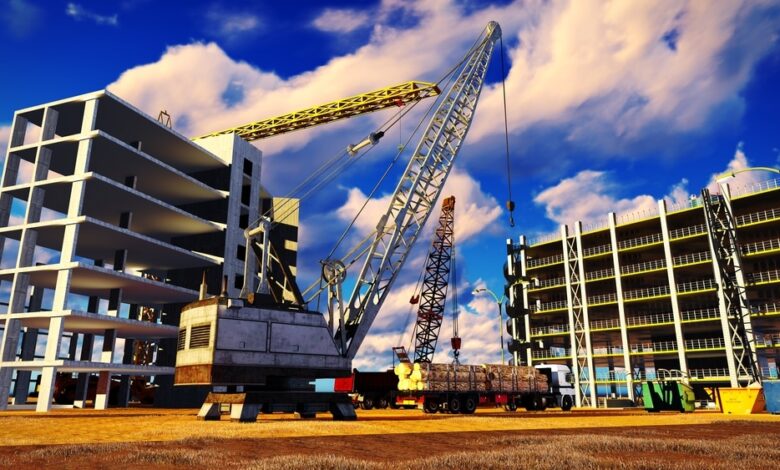Creating Smart Buildings: The Latest in Commercial Construction

Key Takeaways:
- Smart buildings incorporate technology for enhanced functionality and efficiency.
- Energy conservation and sustainability are central to the design of modern commercial buildings.
- Automation systems play a crucial role in operational efficiency and occupant comfort.
- Innovative materials and construction methods are being used to create smarter buildings.
- Smart buildings offer significant advantages for businesses, employees, and the environment.
Table of Contents:
- Integration of Cutting-Edge Technology
- Energy Efficiency and Green Building
- The Role of Automation in Building Management
- Innovations in Construction Materials
- Benefits of Smart Commercial Buildings
Modern construction is no longer just about bricks and beams; it’s about high-tech features and smart automation. Today’s commercial buildings are getting an intelligent upgrade, making spaces more efficient and responsive to the needs of the people who use them. The shift towards smart buildings shows how technology is revolutionizing the construction industry.
Integration of Cutting-Edge Technology
Commercial construction services like Bomar Construction have embraced technology to create buildings that are not just structures but high-functioning, interactive environments. These buildings incorporate advanced systems for controlling lighting, climate, security, and more. With the integration of IoT (Internet of Things) devices, building operations can be monitored and adjusted in real-time, which helps maintain optimal conditions and address any issues promptly.
Energy Efficiency and Green Building
Smart buildings are designed with sustainability in mind. They utilize renewable energy sources, such as solar panels and technologies that reduce water usage and optimize energy consumption. This focus on energy efficiency significantly reduces commercial buildings’ environmental impact, aligning with global efforts to combat climate change.
The Role of Automation in Building Management
Building automation systems are the central nervous system of a smart building, monitoring everything from energy use to room occupancy. These systems use data to make intelligent decisions about heating, cooling, and lighting, which can be adjusted based on the time of day or the number of people in a room. This automation enhances comfort, streamlines building management, and lowers operational costs.
Innovations in Construction Materials
The construction materials used in smart buildings are often as innovative as the technology that controls them. From self-healing concrete to thermochromic windows that adjust tint to control heat and light, these materials are pushing the boundaries of what commercial buildings can do.
Benefits of Smart Commercial Buildings
Smart commercial buildings offer a wealth of benefits. They are more cost-effective to operate, provide a better environment for occupants, and are adaptable to the changing needs of businesses. Moreover, they set a standard for the future of construction—a future where buildings aren’t just built; they’re engineered to think and respond.
As we look to the future, the development of smart commercial buildings represents a significant leap forward in construction. With smart technologies and sustainable practices, today’s commercial buildings are paving the way for a more efficient and environmentally friendly tomorrow.



